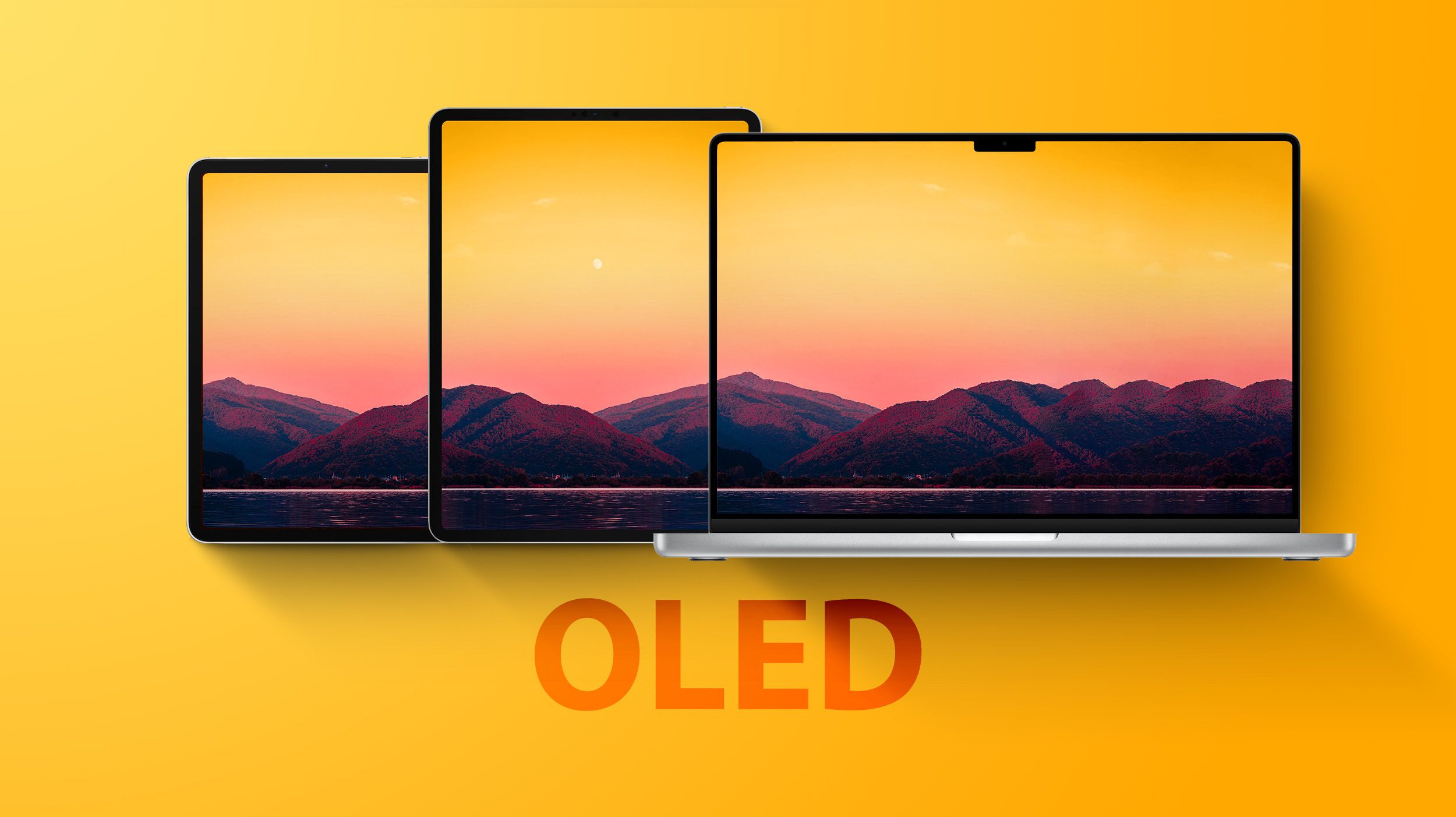People really love shi--ing in the comments section without reading anything, don't they?
Everyone here thinks OLEDs are these super expensive, low-resolution panels, that get burn in the second you turn them on.
Samsung's QD-OLED is a much advanced version of regular wOLED and I can definitely see Apple going this route, but LG and Sony also have their own QD-OLED alternatives. microLED is too far away from being put into consumer products like laptops/iPads, so the next best thing is improving OLED.
Everyone here thinks OLEDs are these super expensive, low-resolution panels, that get burn in the second you turn them on.
Samsung's QD-OLED is a much advanced version of regular wOLED and I can definitely see Apple going this route, but LG and Sony also have their own QD-OLED alternatives. microLED is too far away from being put into consumer products like laptops/iPads, so the next best thing is improving OLED.



